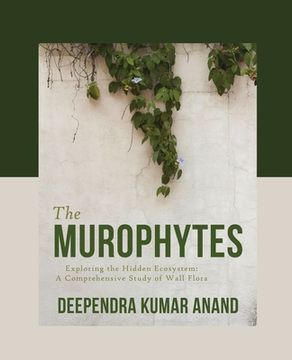Reseña del libro "The Murophytes (en Inglés)"
Murophytes is a novel hybrid term, the original term "mural" stands for wall and the term "phytes" stands for "the plants" or the flora. Therefore, the term murophytes means "the plants growing over the walls or buildings". The book deals with the various species of genus Ficus found growing over the buildings and playing a very dominant role in damaging the buildings. The three Ficus species, Ficus religiosa, Ficus benghalensis and Ficus glomerata are mostly growing over the buildings. These three Ficus species are mostly responsible for uprooting of plasters, widening of gap or cracks and crevices and deterioration of the upper surface of buildings and causing considerable and visible damage to the buildings. Seeds of Ficus species are produced by method of dispersal or by physical and biological agents. Ficus has proved to be the most successful murophyte because of its tendency of adaptability in adverse situations. Extremely high growth rate of roots of Ficus benghalensis growing murophyte was recorded. Most of the murophytes appear during the rainy season and winter seasons of the year. The study provides that the Asteraceae, Poaceae, Moraceae, Scrophulariaceae and Amaranthaceae families are represented exclusively by the most dominant murophytes. Similar to different serial stages in succession in water, and sand different serial stages are found to exist in the case of murophytes. Parallel to hydrosere and psammosere, murosere has its existence. Thus, the term "murosere" stands for different serial stages in succession and establishment of murophytes.The initial plants are ephemerals, i.e. having very short life span. Soon they die and decompose to add organic matter in the soil deposition in various points of collection. The mineral component is contributed by the deposited dust. Thus a healthy soil, rich in minerals and organic matter becomes the substratum of the second generation of plants over the buildings.Due to continuous addition of mineral and organic matters, the amount of soil accumulation shows exponential growth year after year. On some specific sites indicated in plate 2. The amount of accumulated soil forms the base and substratum to support the growth of higher plants. Thus, the primary community is algae, followed by a secondary community as bryophytes, grasses and lower angiosperms form the tertiary community and finally the higher angiosperms form the quaternary community. The point of special interest in Murosere is that one community does not replace the other; instead one community invites the other. Thus, in the final community all the communities, such as primary, secondary, tertiary as well as quaternary communities show co-existence.

